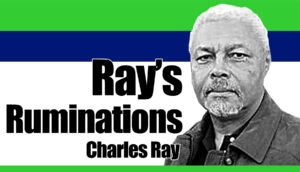• GILBERT P. BAYORAN
An official of the Department of Environment and Natural Resources (DENR) maintained that there was no illegal logging activity at Mt. Kanlaon, which is supposedly being blamed by some local officials and residents for the flooding in communities at the slope of the volcano.
DENR-Negros Island Region (NIR) director Charlie Fabre said that uprooted trees from riverbanks and creeks as well as private properties were brought down by the floodwaters.
The ground assessment team found no indications that the trees carried down by severe flooding were illegally cut, per the DENR-NIR consolidated report Nov. 14.
Initial inventory showed 12,636.88 board feet of uprooted lauan, toog, nato, sangil and mahogany trees along the Bagacay Creek alone in Barangay Biak na Bato in La Castellana, as of Nov. 13.
About 30 landslides were also reported at Mt. Kanlaon.
The DENR-NIR has attributed the recent landslides and flashfloods in central Negros to the 10 hours of nonstop rains, which loosened the compactness of the soil, before the landfall of Typhoon Tino Nov. 4.
Floodwaters brought down trees and boulders to several communities at the slope of Mt. Kanlaon, and affected almost 800,000 individuals.
According to the report, the ground assessment team ascertained that the flash flooding in Canlaon City was caused by a combination of torrential rainfall and the presence of volcanic debris on the volcano slopes.
Fabre said the excessive rainwater eroded and mobilized the loose volcanic materials, with water transformed into fast-moving, dense currents of mud and debris, cascading down to the volcano’s gullies and major river channels. | GB




